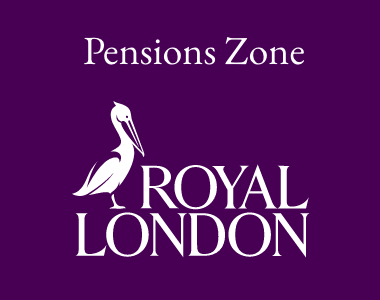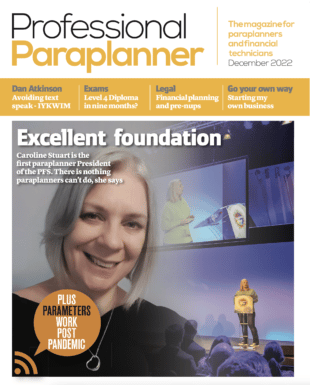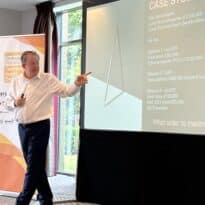Professional Paraplanner’s TDQ (Training, Development and Qualifications) series, is run in conjunction with key support providers, such as Brand Financial Training, and aims to test your knowledge of the financial services market, as part of your overall training goals and exam techniques.
The following questions, which can also be found in our June 2021 issue, relate to examinable Tax year 20/21, examinable by the CII until 31 August 2021.
QUESTIONS
1. Unsolicited real time financial promotions are often termed:
A. direct offer promotions
B. advertisements
C. directive rules
D. cold calling
2. A retail client is interested in investing in lump sum life assurance bonds; you can tell them that: Tick all that apply.
A. most are written as whole of life policies with no specific maturity date.
B. life cover is usually just in excess of the value of the fund on death.
C. any regular withdrawals are considered to be a return of capital.
D. because they are lump sum investments they are classed as qualifying policies.
3. David transferred ownership of his share portfolio to his son realising a gain on which he paid Capital Gains Tax (CGT). Four years later David died, what tax, if any, is now due?
A. His son faces a potential CGT charge on the difference between the value at which he acquired the asset and the market value at David’s death.
B. As a failed PET, there is a potential IHT charge with no credit given for the CGT paid on the earlier transfer.
C. There would be no further charge due to the CGT paid on the earlier transfer.
D. There may be an IHT charge, but relief would be given for the CGT paid.
4. Cyril had pension benefits already in payment at ‘A’ day. As he has further benefits to
crystallise, the earlier pension will be valued by a factor of:
A. 10:1.
B. 20:1.
C. 25:1.
D. Zero.
5. Modern Portfolio Theory (MPT) is concerned with the way in which portfolios can be constructed to maximise returns and minimise risks. What is the underlying assumption central to MPT?
A. Investors are irrational and cannot influence prices directly.
B. Investors are risk averse and would choose a less risky investment if offered two with the same return.
C. Investors have persistent biases, which are motivated by psychological factors.
D. Security prices fully reflect all available information, and prices rapidly adjust to new information.
6. Which investment strategy is based on finding companies with long term sustainable advantage?
A. Value
B. Contrarianism
C. GAARP
D. Momentum
7. What is the tax position regarding premiums paid for a prefunded Long-Term Care Insurance Plan for an individual?
A. Paid net of basic rate tax relief
B. Paid net of 15% tax relief if plan taken out before 1997
C. No tax relief, payable out of net income of the individual
D. Tax relief available if planholder is aged over 75
8. Lilian lives in a flat in London valued at £500,000. She would like to move nearer her daughter Jill who lives in Humberside, where both house prices and rents are much cheaper than London, and to release as much cash as possible to make gifts to her four children. What would be a suitable course of action for her to fulfil these requirements?
A. Take out a lifetime mortgage with interest roll up
B. Drawdown mortgage
C. Sell the London flat and rent in Humberside
D. Take out a Home Reversion Plan
9. Which of the following is a term assurance policy which may be used as an alternative to a whole life policy?
A. Whole term
B. Term 100
C. Life-long term
D. Long-term life
10. Gillian is full-time care assistant. Due to low pay, she is unable to afford to buy a home by herself and so is buying a brand-new property with the help of the Help to Buy (Scotland) scheme. She should be aware that she will need a:
A. 5% deposit and a combined mortgage and deposit to cover 85% of the property value.
B. 10% deposit and a combined mortgage and deposit to cover 90% of the property value.
C. 20% deposit and a combined mortgage and deposit to cover 80% of the property value.
D. 20% deposit and a combined mortgage and deposit to cover 75% of the property value.






























